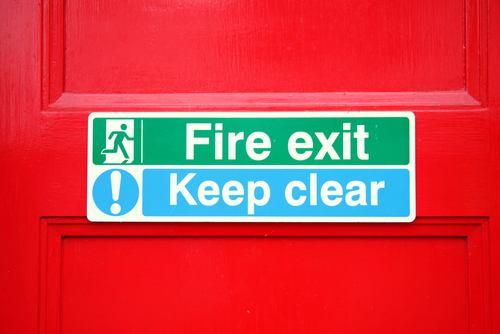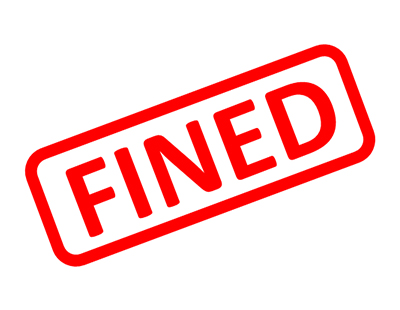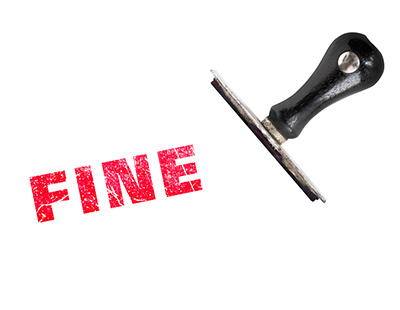
Letting agents have a key role in ensuring updated fire safety regulations really do improve standards for tenants in taller buildings.
That’s the message from specialist inventory provider No Letting Go, which says that agents can ease tenants’ worries about fire safety by improving communication and - of course - complying with the regulations.
Almost half of tenants living in leasehold properties - which are often blocks of flats or taller buildings - observed fire safety hazards, according to research published earlier this year by construction tech firm Zutec.
Issues included non-existent or faulty sprinkler systems, fire alarms or extinguishers, and locked or blocked fire escapes. These problems contributed to almost two thirds of respondents claiming they didn’t feel 100 per cent safe in their homes.
Almost half of respondents said they hadn’t seen fire safety certificates in their building, while just a fifth reported ‘very quick’ responses when issues were raised.
“This year’s changes to fire safety regulations will mean compliance is front of mind for managing agents and landlords of residential rental buildings. However, it’s clear from the research that more needs to be done to communicate fire safety procedures to improve tenants’ confidence and make them feel safer at home” suggests No Letting Go chief executive Nick Lyons.
“It’s important for agents and landlords to get to grips with their new responsibilities, depending on the size of the building they manage. Fire safety laws for high-rise buildings have quite rightly been bolstered, but there are a lot more things for responsible persons to be aware of to ensure tenants’ safety, remain compliant and avoid hefty fines” he continues.
The Fire Safety (England) Regulations 2022 were launched in January 2023 and include obligations for so-called ‘responsible persons’ such as agents or landlords, for all multi-occupied residential buildings over 11 metres high. These include completing annual checks of all apartment entrance doors that lead onto a building’s common parts and conducting quarterly checks of all fire doors in common parts.
There are also more stringent requirements for managers of high-rise residential buildings that are 18 metres high or more, or which have at least seven storeys. These include installing a secure information box, providing up to date information to the local fire service, and carrying out monthly checks on lifts and firefighting equipment.
Lyons says agents can incorporate additional fire safety checks into existing processes but he cautions against short cuts.
“We know of some building managers who are just doing risk assessments, which isn’t enough to comply, while others are using specialist fire safety companies which can be expensive. One cost-effective but fully compliant solution is to incorporate new fire safety responsibilities into existing property reports.”












%20-%20IMAGE%20Client%20Accounting%20%E2%80%93%20what%20are%20your%20options.jpg)









Join the conversation
Be the first to comment (please use the comment box below)
Please login to comment